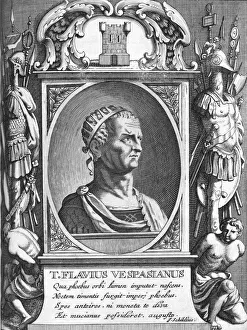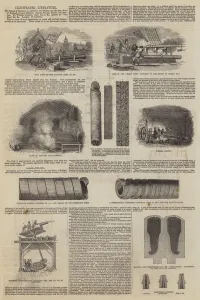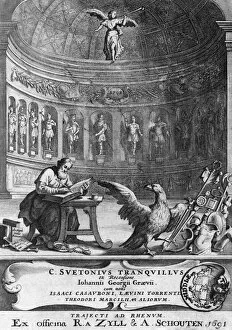Military Arms Collection
"Military Arms: A Historical Journey through the Roman Empire and Beyond" Step into the world of military arms, where power and innovation collide
All Professionally Made to Order for Quick Shipping
"Military Arms: A Historical Journey through the Roman Empire and Beyond" Step into the world of military arms, where power and innovation collide. From ancient Rome to modern times, the evolution of weaponry has shaped history in countless ways. In the era of Vespasian, a formidable Roman emperor, they were already being honed to perfection. The Science of Gunnery by William Greener showcases how England, France, Belgium, Austria, Prussia, Russia, and America refined their arsenal with precision. Even Suetonius himself chronicled this captivating tale in his work "The Twelve Caesars, " shedding light on how these mighty rulers utilized military arms to expand their dominion. Otho's short-lived reign witnessed both triumphs and tragedies as he navigated the complexities of warfare. Vitellius followed suit as another Roman emperor who recognized the significance of well-equipped armies armed with cutting-edge weapons. Meanwhile, Domitian's reign marked an era when technological advancements pushed military arms to new heights. Titus' leadership showcased strategic brilliance combined with superior weaponry that secured victories for Rome. And let us not forget Julius Caesar - a legendary Roman statesman whose tactical genius revolutionized warfare forever. Augustus' rule witnessed a period where military arms became symbols of imperial might under his watchful eye. Galba's brief tenure may have been marred by political unrest but it also saw innovations in armament that would shape future battles. Tiberius understood that possessing advanced military arms was crucial for maintaining control over vast territories during his time as emperor. Caligula's eccentricity extended even to his fascination with extravagant weapons that reflected his grandiose ambitions. Through centuries past and present-day conflicts alike, one thing remains clear: they can more than just tools; they embody strength and determination in every battle fought throughout history.







